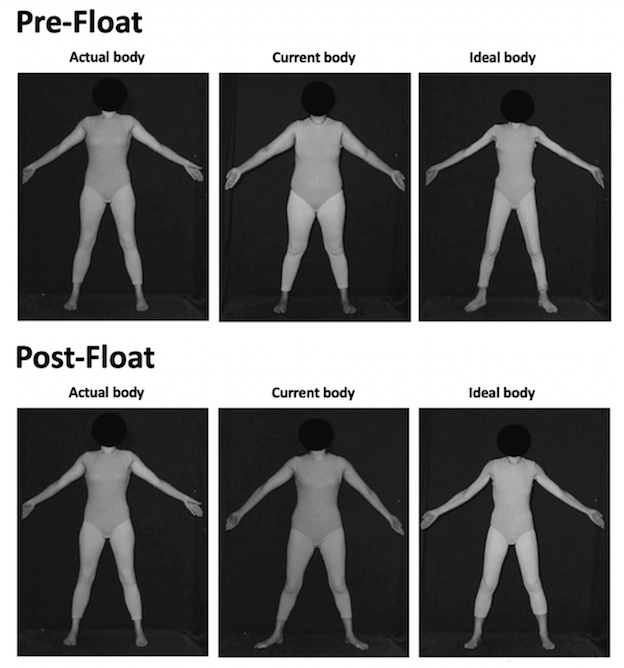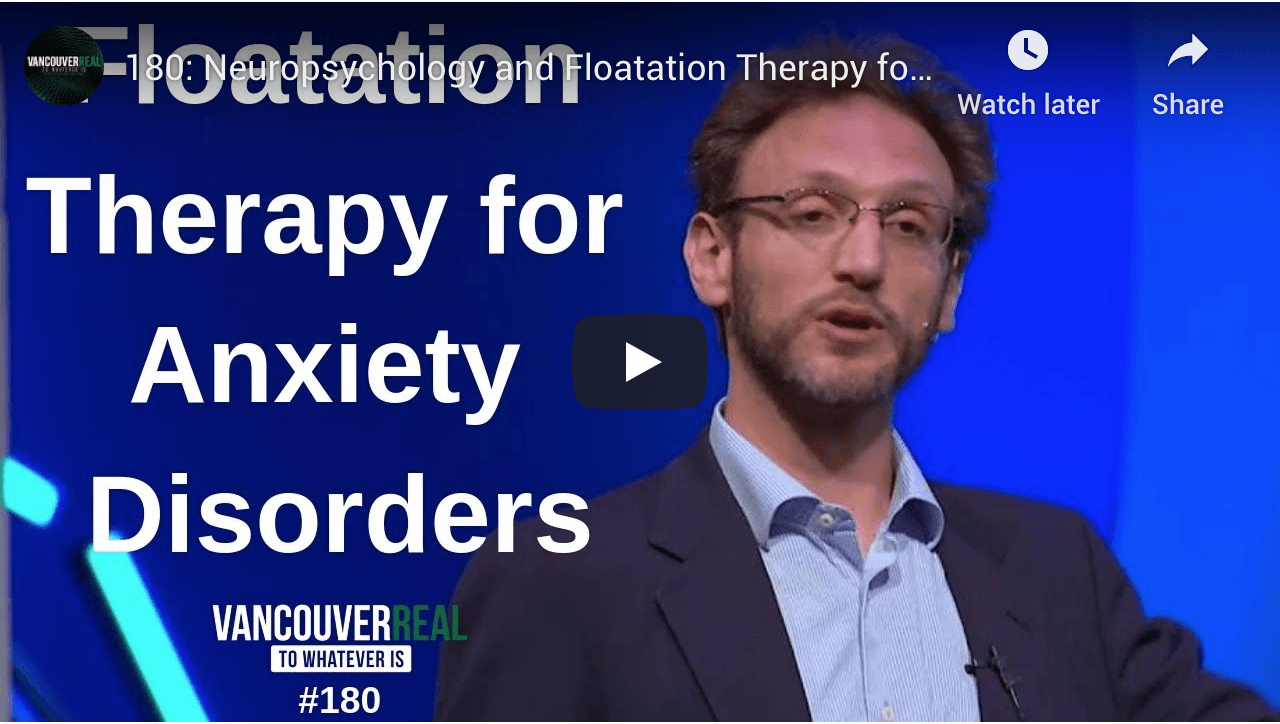VICE - People With Anxiety Find Relief in Sensory Deprivation Tanks
Some have even gotten off their meds.
VICE reporter Darragh O'Carroll, MD, is an emergency physician in Hawaii, discusses with Justin Feinstein LIBR
the use of floatation therapy to help with anxiety and depression, he
The proportion of people like Nakagawa, especially young adults and teenagers, experiencing depression and anxiety is increasing at alarming rates. According to a November 2016 study published by the American Academy of Pediatrics, the prevalence of 12 to 20 year olds who experience a major depressive episode in one year has increased from 8.7 percent in 2005 to 11.3 percent in 2014. The evidence presented in an NIH funded 2012 Depression Review suggests modern humans may indeed be in the midst of a depression epidemic. Anxiety is the most common mental disorder; nearly 40 million Americans suffer from anxiety, yet only a third of them receive treatment. Justin Feinstein, a neuroscientist at the Laureate Institute for Brain Research in Tulsa, Oklahoma, is pioneering the use of the float tank as a novel non-prescription and non-invasive treatment for the mental issues dragging so many of us down.
READ THE FULL ARTICLE HERE










